In the realm of wine appreciation, discerning the quality of a bottle can be both an art and a science. Whether you’re a seasoned wine enthusiast or a novice exploring the world of vino, understanding the nuances that separate an average wine from an exceptional one is crucial. This guide aims to demystify the process by providing actionable insights into how to evaluate wine based on its appearance, aroma, taste, and overall balance. By the end, you’ll be equipped with the knowledge to confidently assess and appreciate wines from various regions and grape varieties.
Understanding the Basics: Grape Varieties and Regions
Before diving into the specifics of evaluation, it’s essential to have a foundational understanding of grape varieties and wine-producing regions. Different grapes thrive in distinct climates and soils, imparting unique flavors and characteristics to the wines they produce. For instance, Cabernet Sauvignon grapes, often found in Bordeaux and Napa Valley, are known for their robust tannins, dark fruit flavors, and aging potential. On the other hand, Pinot Noir, prevalent in Burgundy and parts of Oregon, offers lighter body, delicate cherry notes, and earthy undertones.
Regions also play a pivotal role. The terroir—a French term encompassing climate, soil, and topography—shapes the wine’s identity. Wines from cooler climates tend to be more acidic with brighter fruit flavors, while warmer climates yield riper, fuller-bodied wines. Familiarizing yourself with these basics will help you anticipate certain qualities in wines based on their labels.
Visual Inspection: Appearance Matters
The first step in evaluating wine is to observe its appearance. Pour a small amount into a clear glass and hold it up against a white background or against natural light. Look for the wine’s color intensity, clarity, and hue.
- Red Wines: Should exhibit a range from vibrant purple-red for young wines to a more muted garnet or brick red for aged ones.
- White Wines: Vary from pale straw to deep gold, with younger wines tending towards the lighter end of the spectrum.
- Clarity: A clear wine indicates good filtration and lack of sediment. Cloudiness can sometimes be a sign of young, unfiltered wine or potential flaws.
Aromatics: Unlocking the Bouquet
Aroma, or bouquet, is a critical aspect of wine quality. Swirl the wine gently in your glass to release volatile compounds trapped in the liquid. This action also increases the surface area exposed to air, allowing more flavors to develop.
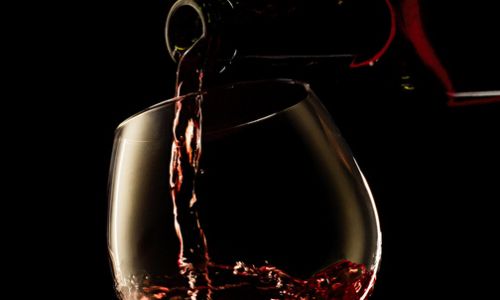
- Primary Aromas: These are directly related to the grape variety, such as cherries in a Pinot Noir or blackcurrants in a Cabernet Sauvignon.
- Secondary Aromas: Result from fermentation processes and include yeasty, bread-like notes or even buttery flavors from malolactic fermentation.
- Tertiary Aromas: Develop over time in aged wines and include nuances like leather, tobacco, or spices.
Inhale deeply and try to identify specific aromas. A complex, layered bouquet often signifies a higher-quality wine.
Tasting: The Sensory Experience
Tasting wine involves more than just swallowing. Take a sip and let it coat your entire mouth. Pay attention to the following:
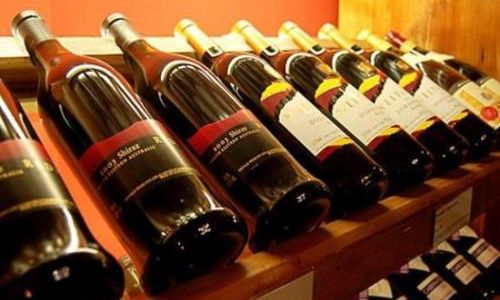
- Sweetness and Acidity: Balance is key. A wine that’s too sweet or too tart can be off-putting.
- Tannins and Body: Tannins, found in red wines and some whites, create a drying, astringent feeling in the mouth. They contribute to the wine’s structure and aging potential. Body refers to the wine’s mouthfeel, ranging from light to full.
- Finish: The aftertaste or finish tells you a lot about the wine’s quality. A long, lingering finish often indicates a well-made wine.
Evaluating Overall Balance and Complexity
Great wines are not just about individual components but how those components harmonize together. Balance refers to the seamless integration of sweetness, acidity, tannins, alcohol, and other elements. Complexity, on the other hand, refers to the wine’s ability to offer multiple layers of flavors and aromas, evolving as you taste.
Additional Considerations: Vintage, Producer, and Price
While not definitive indicators of quality, vintage, producer reputation, and price can provide context. A vintage year known for exceptional weather conditions often results in higher-quality wines. Producers with a history of excellence and dedication to craftsmanship are more likely to produce superior wines. However, price doesn’t always equate to quality; sometimes, a well-made wine from a lesser-known producer can be a delightful surprise.
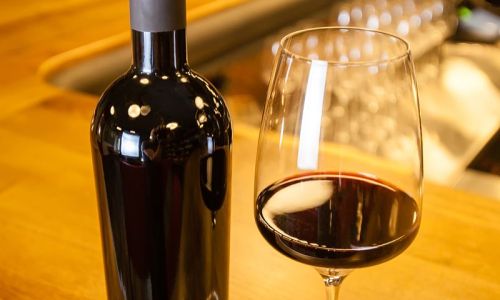
Conclusion: Cultivating Your Palate
Remember, developing a refined palate takes time and practice. Taste a variety of wines, read about them, and engage with others who share your passion. Keep a wine journal to track your experiences and preferences. Over time, you’ll become more attuned to the subtle nuances that define wine quality.
In essence, discerning the quality of wine is a multifaceted endeavor that involves understanding grape varieties, regions, visual cues, aromatics, taste profiles, and overall balance. By integrating these elements into your wine evaluation process, you’ll be well-equipped to appreciate and enjoy the vast array of wines the world has to offer. Happy tasting!
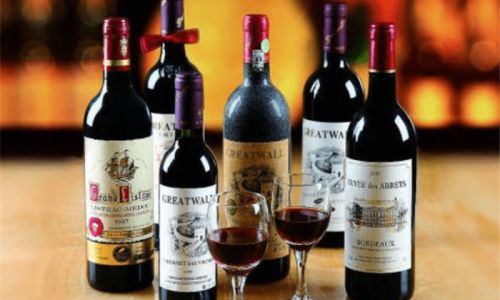
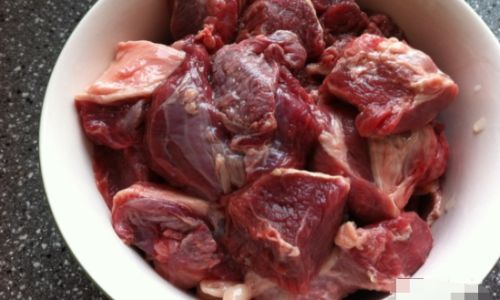
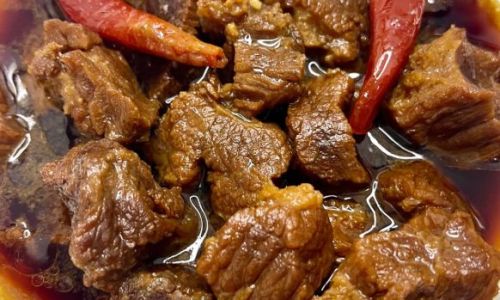
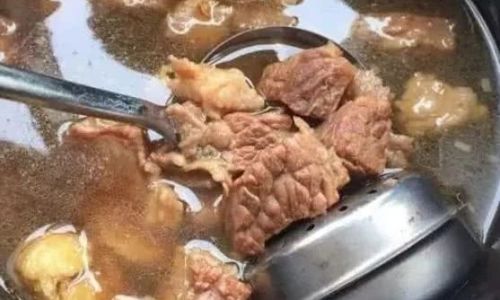
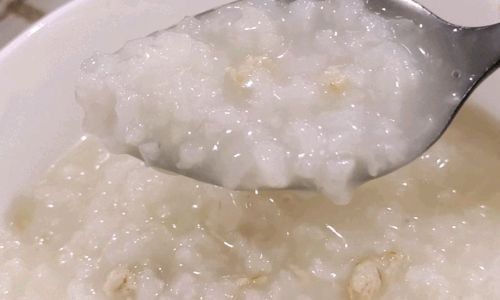
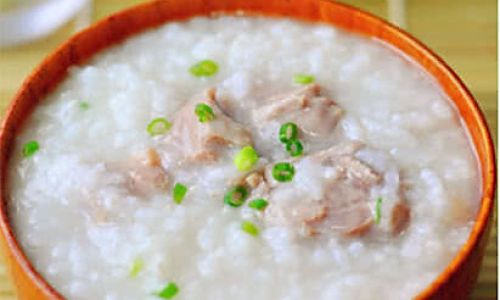
0 comments